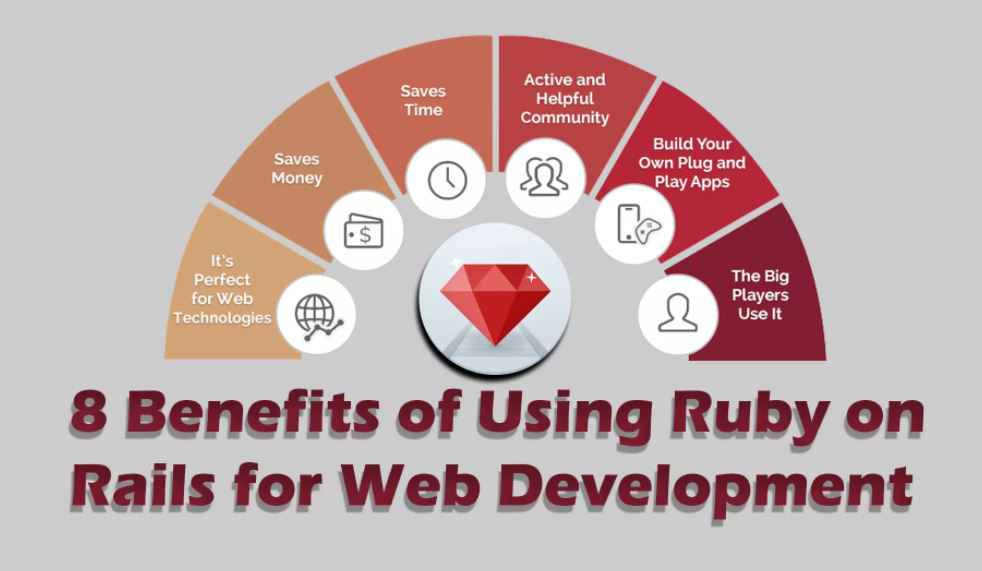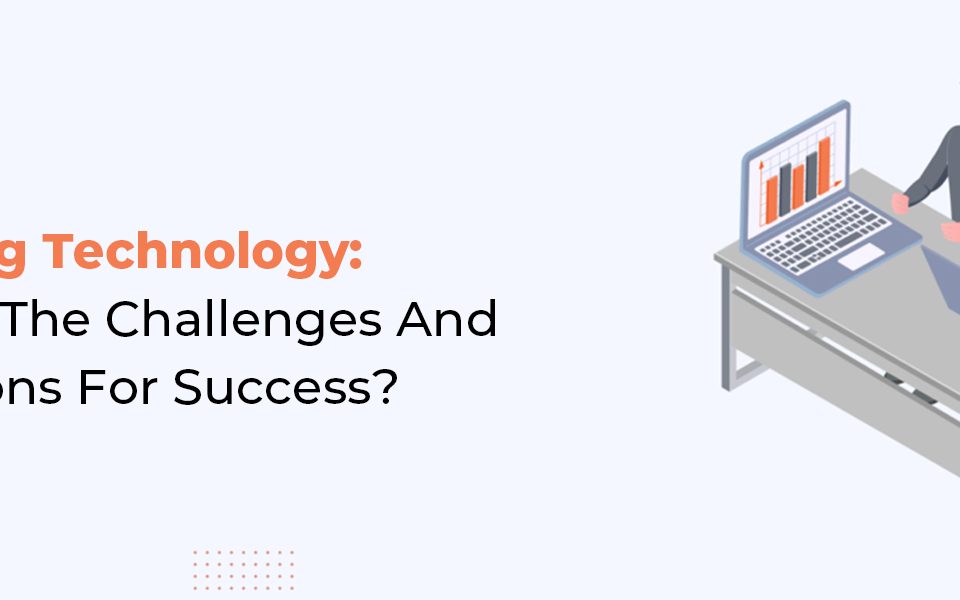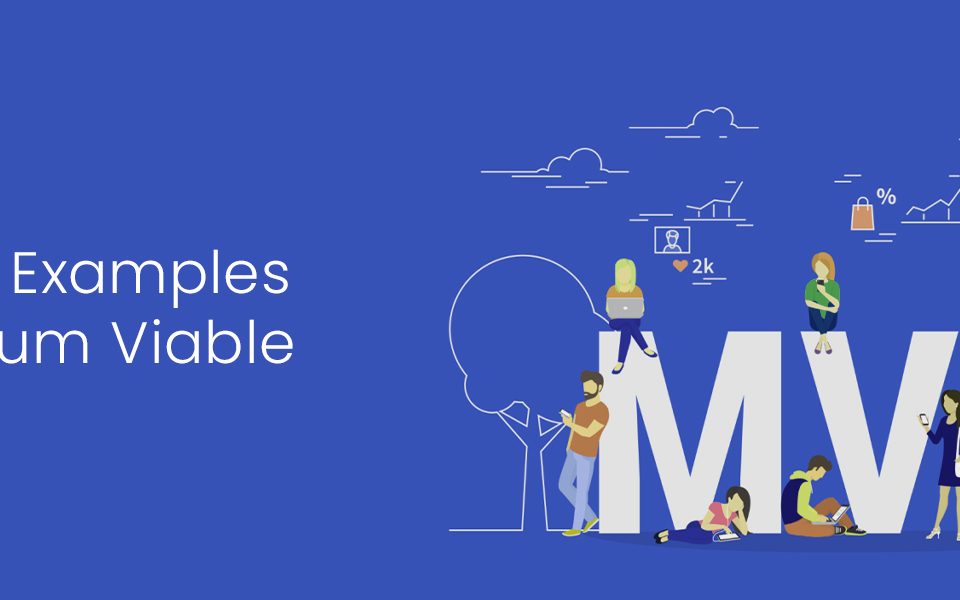
How To Develop A Ruby Android App blog
Do you want to know how to develop a Ruby Android app? If yes then you are at the right spot. Undoubtedly it is an amazing market with loads of opportunities to be explored.
“The global in-app advertising market size is expected to reach USD 226.4 billion by 2025, growing at a CAGR of 19.4%” According to a study
Just like the other sectors, you can make more money by innovating in mobile development shows an option to create a positive impact on people’s quality of life. Without making more discussion, let’s discuss our main subject, which is developing an android app on RUBY.
What Is Ruby?

Ruby is a well-known programming language; it is open-source and one of the trendiest for developers. Some interesting facts about ruby are mentioned below:
The Japanese programmer and computer scientist created this language, Yukihiro Matsumoto. The key objective behind making this language was to have a platform that is best for both imperative programming, and functional programming. These two are different programming paradigms, described as follows;
Imperative programming needs developers to utilize statements to update a program’s state and it is also known as procedural programming whereas functional programming handles a functional approach to problem-solving.
To attain the goal of the language, Matsumoto used the components of various languages such as Eiffel, Ada, Perl, and Smalltalk.
The first version of ruby was released in 1995. Ruby is a typed language dynamically, and everything in ruby is object-based. Coders are allowed to assign the properties and actions to the little information. It is flexible that can be altered by developers. You do not need to spend a penny to use, modify or distribute ruby.
Closure can be attached to any method by programmers that are called a Block. It offers feat flexibility.
Programmers can attach a closure to any method, and this closure is called a ’block‘. Blocks offer a lot of flexibility.
The Advantages Of Ruby

Ruby provides some advantages for developers, some of them are following:
- It can easily handle the machine-level complexities because of a high-level language.
- It requires less code from programmers to develop an android app on ruby
- The creator made it in a way that the user can enjoy using it. It originated in Japan, where the initial use of this language was to create games. Developers have intrinsic motivation to use it because of its fun factor.
- It is easy to learn because it reads similar languages.
- There are no difficult rules to bile features because of its flexible naughtiness.
- Programmers can have a great support system because of a vibrant developer community.
How Can You Develop Android Apps Using Ruby?
Now you will walk through the development process of the android application using Ruby:
Step #1: Opt For The Agile Methodology
Make sure, you begin with the selection of the right software development life cycle (SDLC) model. The agile method is recommended due to the different reasons;
- Iterative development is required by the android app to develop an android app on ruby
- You will reap the benefit from launching a minimum viable product. It will help you to get the real market feedback and the course correction where required. You can execute other features in the subsequent iteration.
Step #2: Prefer An Mbaas Provider, Structure Your Team
You need to have a full flash complete team that can help you in all aspects. Well, you need some mandatory roles in your team to have the efficient result:
- Ruby developers;
- Testers;
- Business analysts;
- Android developers with Java expertise;
- UI/UX designers;
- A project manager (PM).
You are recommended to use a “Mobile Backend as a Service” (MBaaS) provider for your specific project. There are plenty of advantages you get when you engage with it; some of them are following;
Cloud infrastructure is handled by MBaaS providers
They cater to consistent database and storage
An MBaaS contributor caters to security, user management, scalability, push notification, and third-party API integration.
You can ask your team to be focused on writing Ruby code for the friend end, as you do not need to recruit backend developers and cloud infrastructure, architects.
Step #3: Design A User-Friendly And An Elegant UI
If you want to attract or retain a good number of users then you need to work for your UI, make your UI very attractive but simple. Keep these factors in mind:
- The designer must need to select the appropriate mobile navigation menu
- The designer team should choose a mobile app color theme that matches the functionalities, target audience, and features of the app.
- UI designers are required to carefully design the icons for the app to develop android apps on the ruby. There are various great practices like keeping the design trouble-free, design identifiable and icons that are simple to remember, etc.
Step #4: Use Rubymotion
RubyMotion is an implementation of a ruby language that can run on android, additionally, it also works for OSX and iOS. Some of some relevant facts related to concerning RubyMotion:
- It has an aggregate runtime approach that includes optimized binary support with the usage of a static compiler.
- Programmers can make apps with the terminal command-line interface, they are allowed to see the changes in real-time and write code on their own using the console.
- Ruby motion can support the latest android version.
- It has a set of testing tools that facilitates interactive debugging.
- It helps to submit the app to Google play very easily
Step #5: Set Up And Configure The Necessary Development Tools
You are required to install and configure the mentioned tools.
- Download RubyMotion
- Install Java
- Download and install the Genymotion Android emulator
- Configure a device for development
- Install the RubyMine text editor
- Set up the Android environment
Step #6: Create A Project For Your App Using Rubymotion
The next step is setting up a project for the application by using RubyMotion, it involves the following:
- Configuring the project for subsequent development
- Making a new project with the usage of ruby motion
- Use the configuration option, declare file dependencies and seek customer values, etc to develop an android app on ruby
Step #7: Follow The Runtime Guide For Coding From Rubymotion
Congratulations, you have now reached the coding stage. Keep an eye on the following:
You will find the runtime in RubyMotion for android, additionally; it involves the prime java classes.
Java is the basis of the object model of ruby motion; its execution is based on ruby which is used by the android runtime.
You can see the access of java methods is the same as RubyMotion.
Step #8: Using Rubymotion To Test The Android App

After building management and debugging with the usage of RubyMotion. You need to test the android app. You need to write functional test cases to test your app.
Step #9: Run Your Android App With An Emulator
After finishing the testing phase, you can go for a run of your app. You can run it on your desktop or the cloud. Make and begin a virtual device.
Step #10: Got To Publish Your Android App In Google Play
It’s time to launch your app by publishing it in Google play with a few certain steps that can be found easily on the internet
In The Nutshell
If you want to develop an android app on ruby then you need to find an experienced android developer. Indeed, it is difficult to find ruby experienced developers. Additionally, you are required to manage your project end to end after developing an android app on the ruby.
Want to read more informative articles? Let’s Dive into the Discussion of Mobile App Development Languages_ Swift



